By Anne Harding
Coping with RA
If you’ve got rheumatoid arthritis, the single best way to fight the disease is with medication. Still, as effective as RA drugs are, they can’t do everything.
Several nondrug treatments out there can help you where medication can’t. And exercise is at the top of the list, according to Sharon L. Kolasinski, MD, a professor of clinical medicine at the University of Pennsylvania, in Philadelphia. Even though the prospect of exercising may seem painful, the right kind of activity can help prevent RA-related pain and disability. Here's a roundup of a few other therapies that may be worth a try.
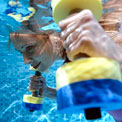
Exercise
“Exercise is really critical for everybody with arthritis,” says Dr. Kolasinski. “Arthritis causes you not just pain; it causes you to use your joints in a way that stresses other structures. It’s really important to maintain flexibility and strength. The only way to do that is to exercise.”That doesn’t mean it’s easy. She recommends choosing an activity that you enjoy, and not overdoing it. Options include walking, aquatic exercises, biking, yoga, and tai chi.
Exercise has other benefits for RA patients, too, Dr. Kolasinski adds. RA increases your risk of developing osteoporosis, and weight-bearing exercises can help keep your bones strong. Physical activity also heads off depression, which can plague anyone coping with a chronic illness, including RA.
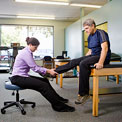 Physical therapy
Physical therapy
Your doctor may prescribe physical therapy to help heal and strengthen a body part or an area that’s “acting up” and giving you problems. A physical therapist will use heat, ice, transcutaneous electrical stimulation, range-of-motion exercises, gentle strengthening moves, and more to help ease swelling and inflammation and get you back into shape. Physical therapy is typically a short-term option. You might go a few times a week for several weeks, until you’re feeling better.
PT is also a terrific bridge to an exercise program, Dr. Kolasinski says. You can work with your physical therapist to come up with a workout plan that’s right for you.
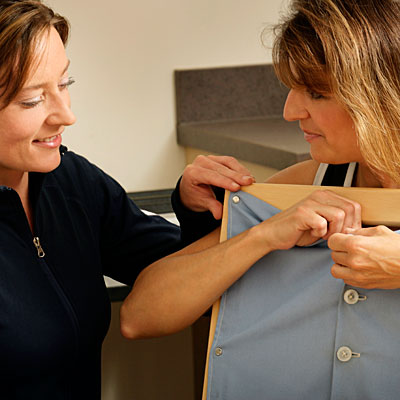
Occupational therapy
This type of therapy can also be a good bridge to a regular exercise plan. The idea of OT is to help a person live as independently and fully as possible, no matter what his or her age or condition.An occupational therapist will work with you to identify problem areas in your daily life and figure out ways to eliminate them, or work around them. For example, your hands and wrists could be swollen and painful from typing on a keyboard all day long. The therapist can help you modify your work area so you can use the computer more comfortably and avoid overuse injuries.
Occupational therapists can also help identify assistive devices that can make your everyday tasks much easier.
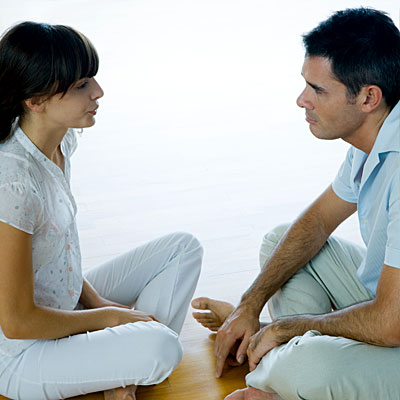
Mind-body therapies
This is a catchall term for therapies that, essentially, help you use your mind to make your body feel better.
Mind-body approaches can include mindfulness meditation, biofeedback, breathing exercises, and guided relaxation. Certain types of exercise—such as yoga, qi gong, and tai chi—also encourage you to focus your mind in ways that can help you cope with pain, and improve strength and flexibility at the same time.
Studies suggest that meditation and tai chi may improve mood and quality of life, and there’s evidence that mind-body therapies are helpful for chronic pain and other types of arthritis as well, Dr. Kolasinski says.

Counseling
Cognitive behavioral therapy, a type of psychotherapy that helps people identify problems in the way they think and act and encourages them to change their behavior, can be helpful if you have RA, especially if you are suffering from depression.Counseling can also help you cope with the other stresses and strains of chronic illness.
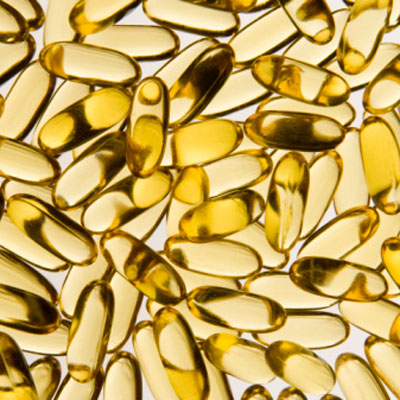
Fish oil
Fish oil can ease pain and inflammation in people with rheumatoid arthritis. Fish-oil capsules may, in fact, be as effective for relieving pain and inflammation as nonsteroidal anti-inflammatory drugs (like ibuprofen and naproxen), according to Dr. Kolasinski.RA patients in the studies that found fish oil helpful took high doses, typically 4 grams a day or four standard fish-oil capsules. Most people consuming fish oil for overall health take one or two capsules daily.
But there's no strong evidence that other dietary supplements or herbs, such as glucosamine or evening primrose oil, have any benefit in RA patients. “The herbals are really not where it’s at,” Dr. Kolasinski says.
Also, be sure to tell your physician and pharmacist about any nonprescription remedies you use.

Hot and cold treatments
One of the simplest home remedies is also one of the best: heat.A 15-minute hot bath or shower can help you relax and soothe painful joints and muscles. You can also try applying heat to an area with a heating pad, or chilling out with an ice pack or ice water. Alternating hot packs with cold ones can also offer powerful relief.
But as with exercise, don’t overdo it; talk to a health-care provider about how to use heat and cold safely.
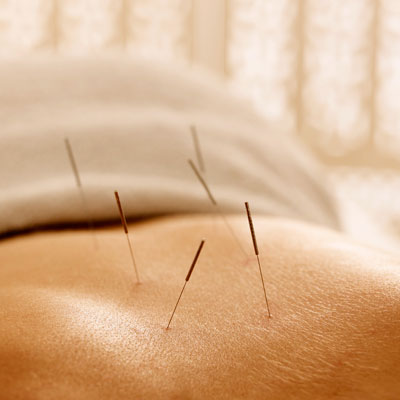
Acupuncture
This is an ancient Eastern healing technique of stimulating certain points in the body—usually by inserting very thin needles and leaving them in place for between several minutes and an hour—to promote the flow of qi, or life force, through the body.While proponents say that acupuncture can trigger the body to release the “feel-good” hormones known as endorphins, thus reducing pain, skeptics believe any benefit from the needle piercing is due to the placebo effect.
Only a handful of small studies have shown that acupuncture can help with RA symptoms. Still, many people swear by acupuncture, and there’s really no downside to giving it a try—unless you’re scared of needles.
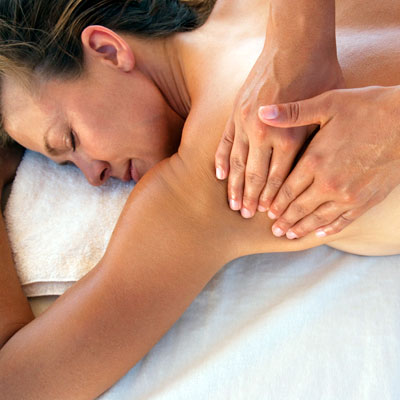
Depending on how your body is feeling, massage can be wonderful—or agonizing.
If your joints and muscles aren’t feeling too tender, it can be very beneficial in easing muscle tension related to joint stress, and just helping you relax and feel better. You will be the best judge of whether massage can help you on a particular day, or not.
Give it a try, if you think it might help your body feel better. But make sure your massage therapist has experience in treating people with RA.
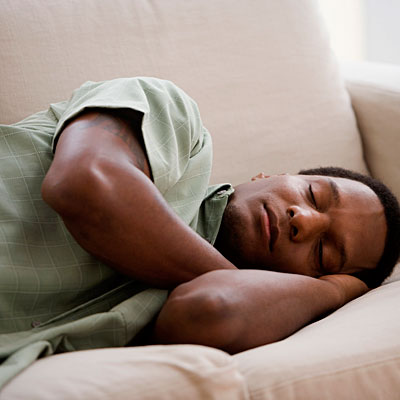
Rest
One of the most important things for you to do if you have rheumatoid arthritis is not to overdo it.When you need a rest, take it. Pushing yourself too hard can only make fatigue worse

Connect
Having a chronic illness can be isolating.But being open with your family and friends about your condition so you feel comfortable asking for help when you need it—or just having a shoulder to cry on—can make a big difference in how you feel, both physically and mentally.
There are also online and real-life support groups where you can meet other people with RA and share coping strategies.
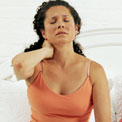
0 comentarios:
Publicar un comentario